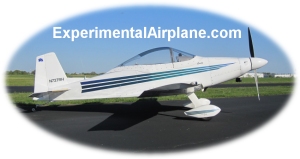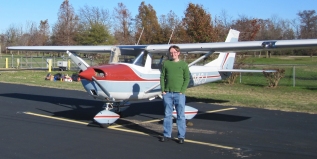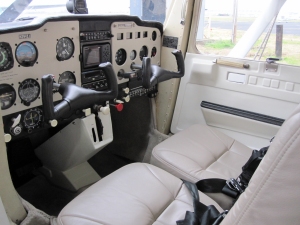

"Pursue your Dream" and "motivational" P-51 fly-by audio (98 KB) |
 The Cessna 150 - a great flight training airplane |
 Step right in! You CAN fly! |


"Pursue your Dream" and "motivational" P-51 fly-by audio (98 KB) |
 The Cessna 150 - a great flight training airplane |
 Step right in! You CAN fly! |